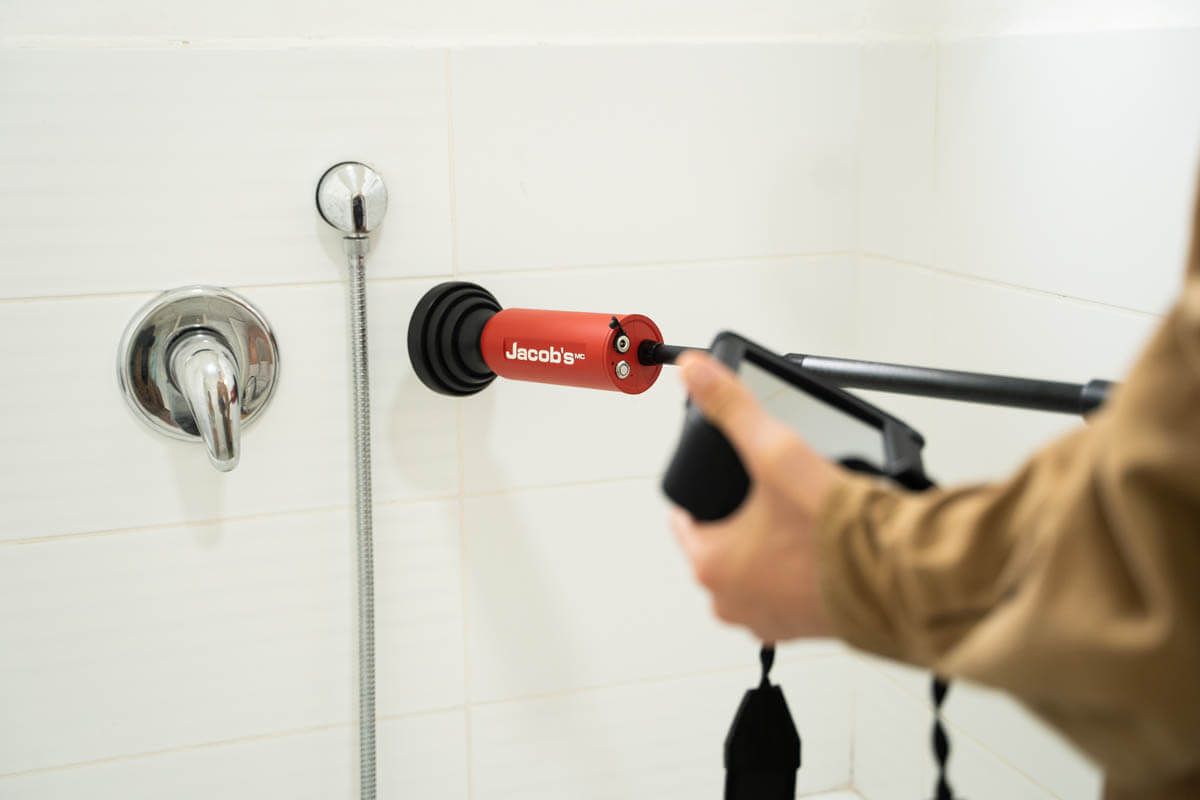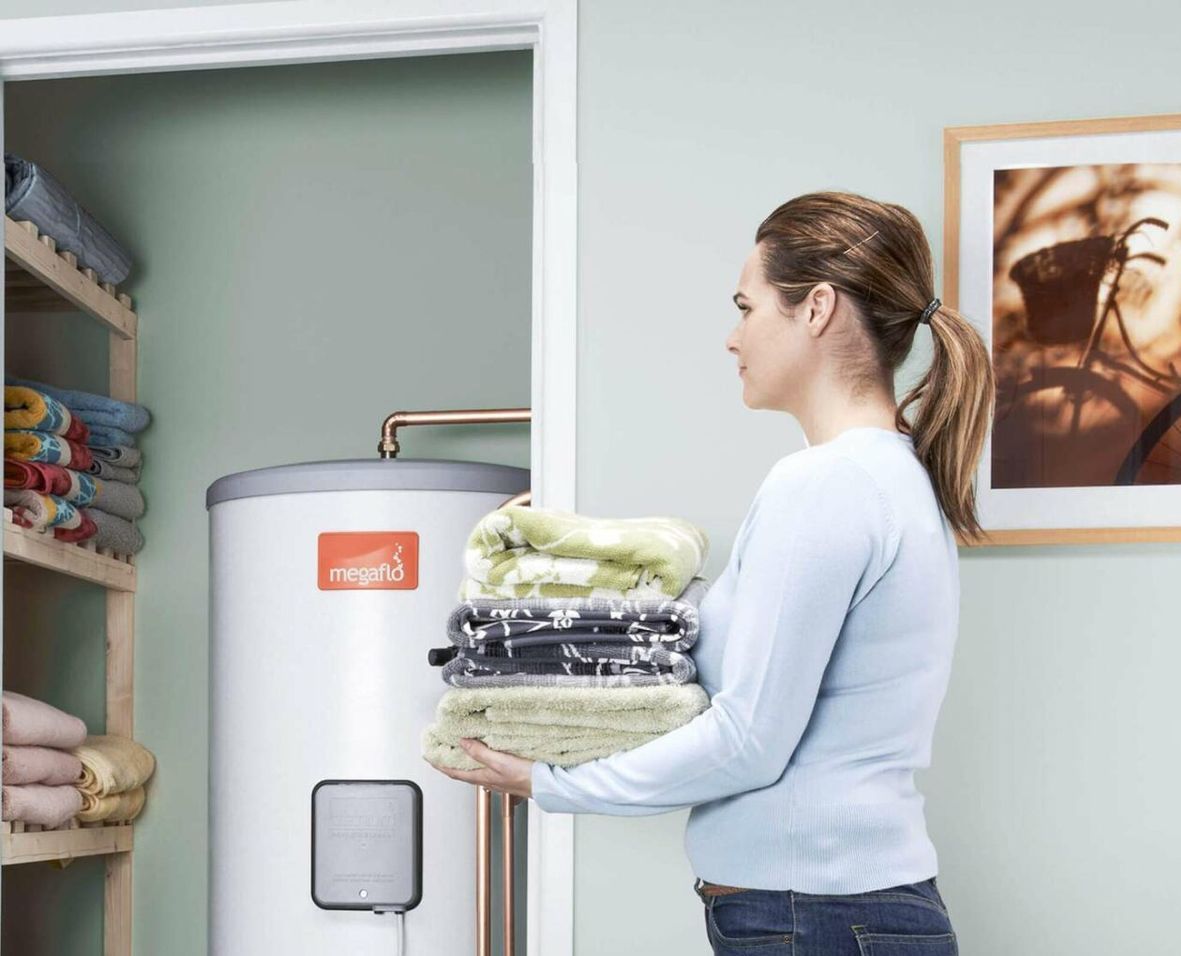6 Signs You Might Have a Hidden Water Leak in Your Home
How to Spot the Warning Signs of a Water Leak Before It Causes Costly Damage

Drip, drip, drip...
That faint sound of dripping water might not only be costing you your sanity, it could also hit your wallet hard when your next water bill arrives. Hidden water leaks can cause significant damage to your health and property if left undetected.
Over the years, I’ve seen the consequences of neglected leaks: mouldy rooms, rotten door frames, and saggy ceilings. These are all problems that would have been much cheaper to fix if addressed sooner.
Precise leak locations aren't always easy to find, but catching them early can save you from costly repairs down the line. Over our 55+ years in business, my dad, Crawford Snr, has seen that while the signs of a hidden leak remain the same, our methods for detecting them have advanced. Today, we use non-invasive techniques like tracer gas technology to pinpoint leaks with minimal disruption—but more on that later.
Here are six common signs that might indicate a water leak in your home:
1. Unexplained Increases in Your Water Bill
We’ve seen the news:
water bills are set to rise
after Ofwat gave water companies permission to increase charges over the next five years. We want to make sure our customers are
not paying over the odds; even small leaks, such as those in underground or hidden pipes, can lead to a noticeable increase in your water consumption and, consequently, your water bill. I highly recommend regularly checking your water usage is a simple way to detect leaks early and
avoid even higher costs.
2. Damp or Discoloured Patches on Walls or Ceilings
I was relaxing in the bath one night when I noticed the small brown,
damp patch
on my ceiling. It’s not often we take the time to look up but it’s worth having a check, those damp patches can be a
sign that you have a leak. Moisture that leaks from pipes behind walls or ceilings often manifests as damp patches, stains, or peeling paint. These patches can be small at first but will grow over time if the leak isn’t addressed. In some cases, you may also notice
mould growth due to excess moisture, which can pose
health risks in addition to damaging your home’s structure.
3. Bowed or detached skirting boards
This is often a clear sign of a serious water leak. Recently, we helped a customer who was unknowingly losing over 100 litres of water daily! Although Thames Water eventually alerted them, we suspect the leak had been ongoing for months before they noticed.
In many homes, the main water supply pipes are still made of lead and are often buried in floors or walls. When a lead pipe springs a leak, it’s usually more efficient to replace the old line altogether with a new copper pipe rather than trying to repair the leak, as these pipes tend to develop multiple leaks over time. Replacing the entire supply line reduces the risk of future issues and allows us to choose a safer, more accessible route for the pipe.
4. Low Water Pressure
If you notice a sudden drop in water pressure across multiple fixtures in your home, toilets taking forever to refill between flushes or weak shower spray, it could be a sign of a leak somewhere in your plumbing system. Leaks reduce the overall water flow, making it harder for water to reach its destination at full pressure. If this is a new problem, it’s essential to have your plumbing inspected for leaks.
5. A Musty or Damp Smell
If your room needs an
air purifier or dehumidifier to help with a musty smell, you likely have a leak somewhere. I’ve been to a house where they had been living with a musty smell and
running expensive appliances for months before they finally gave me a call. When I came to inspect the property, it didn’t take long to trace the odour back to a
hidden leak behind one of the walls. Moisture had been building up, leading to mould growth.
If you ever catch a musty or damp smell, especially near plumbing fixtures, it’s often a sign that water is lurking where it shouldn’t be and should be checked out.
6. The Sound of Running Water
Hearing water running when no taps or appliances are in use is a sign you need an
emergency call-out! This could be due to water escaping from a
broken pipe or joint somewhere in your plumbing system. If you can
hear water moving but can’t
see any obvious signs of a leak, it’s likely hidden somewhere out of sight and
should be found quickly.

How to Locate Hidden Water Leaks - Without Destroying Your Home
If any of these signs sound familiar, it’s important to
act quickly. Hidden leaks can cause
long-term damage
to your property, affecting everything from floors and walls to your home’s structural integrity. The longer a leak goes unnoticed, the higher the chance of water damage and
costly repairs.
At Anderson & Sons, we specialise in
detecting hidden water leaks using the latest
non-invasive tracer gas technology. Whether the leak is underground, under flooring, or behind walls, our non-invasive methods ensure
minimal disruption while locating and repairing leaks quickly.
If you suspect a water leak, contact us today on 0207 386 8888 or use our online booking form to schedule an inspection.
Explore our related blogs:




